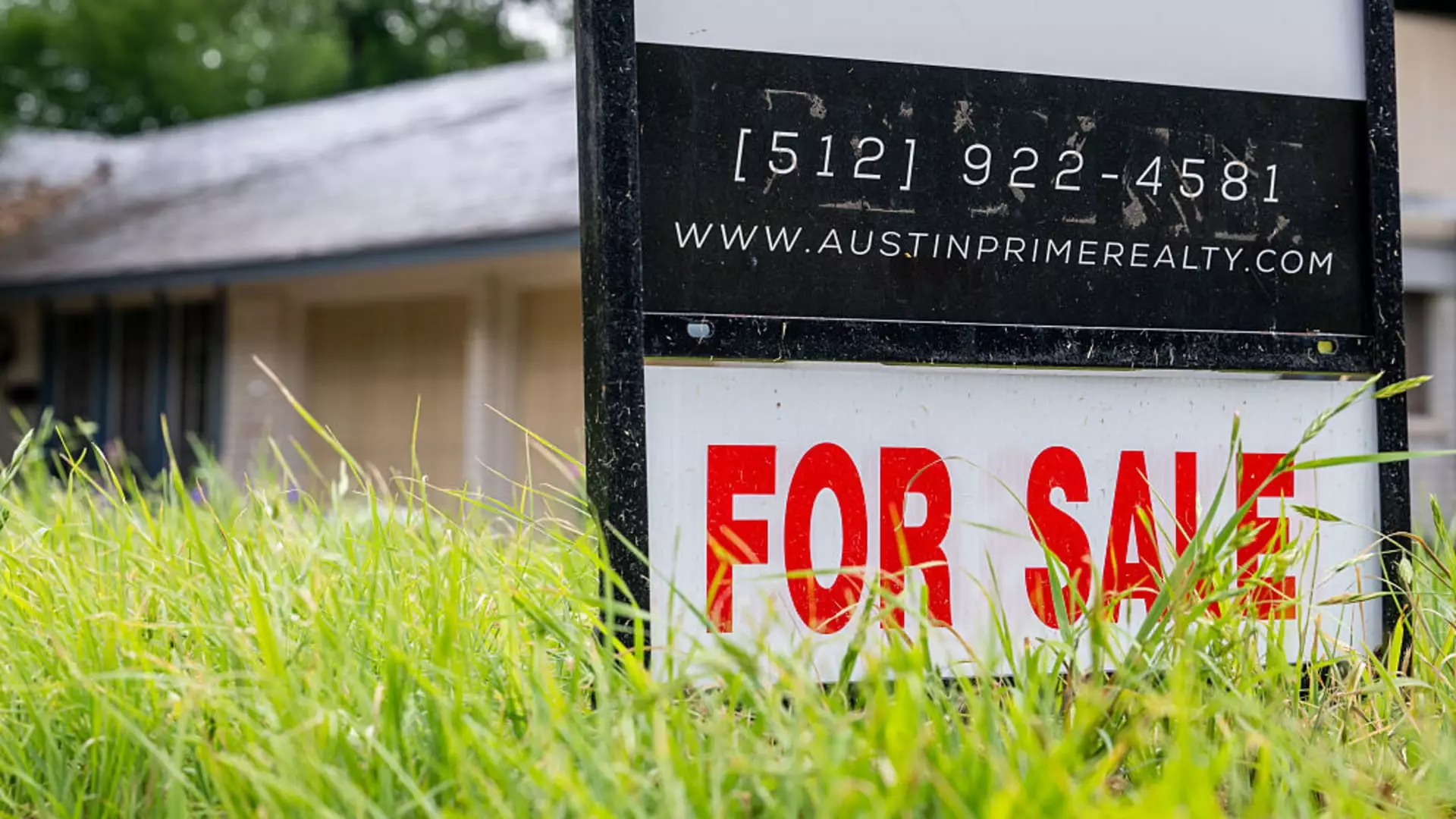It’s no secret that mortgage rates have been precarious at best. Last week, they barely budged, sitting at a somewhat stagnant 6.89% for 30-year fixed mortgages. While a decline from the previous week’s 6.90% might seem small, it symbolizes an unsettling stagnation in the housing market. Buyers are not responding positively; mortgage applications to purchase homes dropped by 4%. Despite this minor dip in rates, prospective homeowners are evidently cautious, driven by a pervasive sense of uncertainty regarding the overall economy.
This perpetually high-rate environment is disheartening. When rates hover around 7%, even a minor drop feels like a hollow victory, giving potential buyers little reason to engage in a market that already seems precarious. This scenario paints a grim picture for homebuyers, who are left wondering if now is indeed the right time to take the plunge into homeownership.
The Broader Economic Impact
Underlying the fluctuating mortgage rates is a much larger narrative concerning the state of the economy. Many buyers are taking a step back due to broader concerns, exposing a disconnect between mortgage rates and home purchasing behavior. There is a sense that the labor market’s fragility is casting a shadow on consumer confidence, leading to decisions rooted in caution.
Joel Kan, the vice president and deputy chief economist of the Mortgage Bankers Association (MBA), points out that current application levels are the slowest we’ve seen since February. This retraction in activity speaks volumes about the anxieties that potential homebuyers face. Rising housing inventory might hint at opportunities for buyers, but if the economic context remains shaky, they might prefer to sit on the sidelines.
First-Time Homebuyers: A Silver Lining?
Interestingly, amidst this gloomy backdrop, first-time homebuyers appear to be a sliver of light in the dimly lit landscape. Applications through the Federal Housing Administration (FHA), particularly among first-time buyers, have shown only slight declines. Their resilience could suggest a generational shift in perspectives on homeownership, potentially driven by a desire for stability and investment in an economic environment characterized by volatility.
However, it remains unclear whether this enthusiasm will be sustainable. As we increasingly encounter barriers to affordable housing, coupled with interest rates teetering near the 7% mark, the prospect of homeownership remains a distant dream for many.
The Refinance Predicament
Another aspect to this mortgage saga is the state of refinancing, which witnessed a 4% dip just last week, albeit 42% higher than this time last year. While numbers can be misleading, the fact that borrowers are holding back on refinancing indicates a broader reluctance to engage in financial transactions when rates remain stubbornly high.
As potential homeowners hold their breath, waiting for rates to plummet elsewhere, the average loan size for refinances has now slipped to just under $290,000—its lowest level in three months. This reflects not only the declining confidence in refinancing as a viable strategy but also a chilling acknowledgement of the financial constraints that define not just the mortgage market but the economy at large.
This combination of stubborn mortgage rates and economic trepidation encourages a climate of apprehension among buyers both seasoned and new. It’s a complicated dance of hope, caution, and mounting anxiety that will affect the housing market’s trajectory in the months to come.

